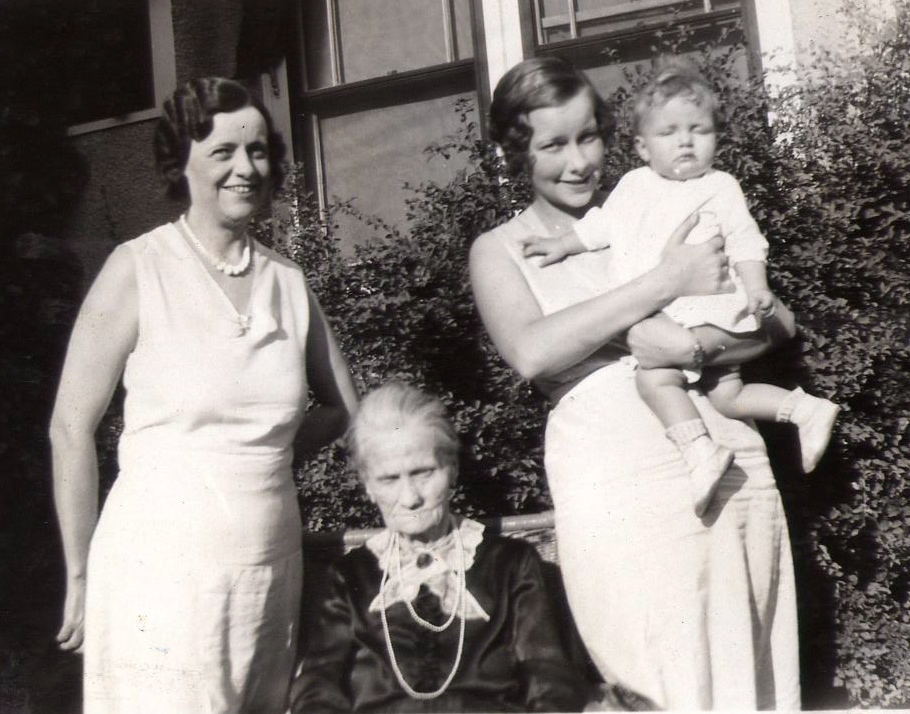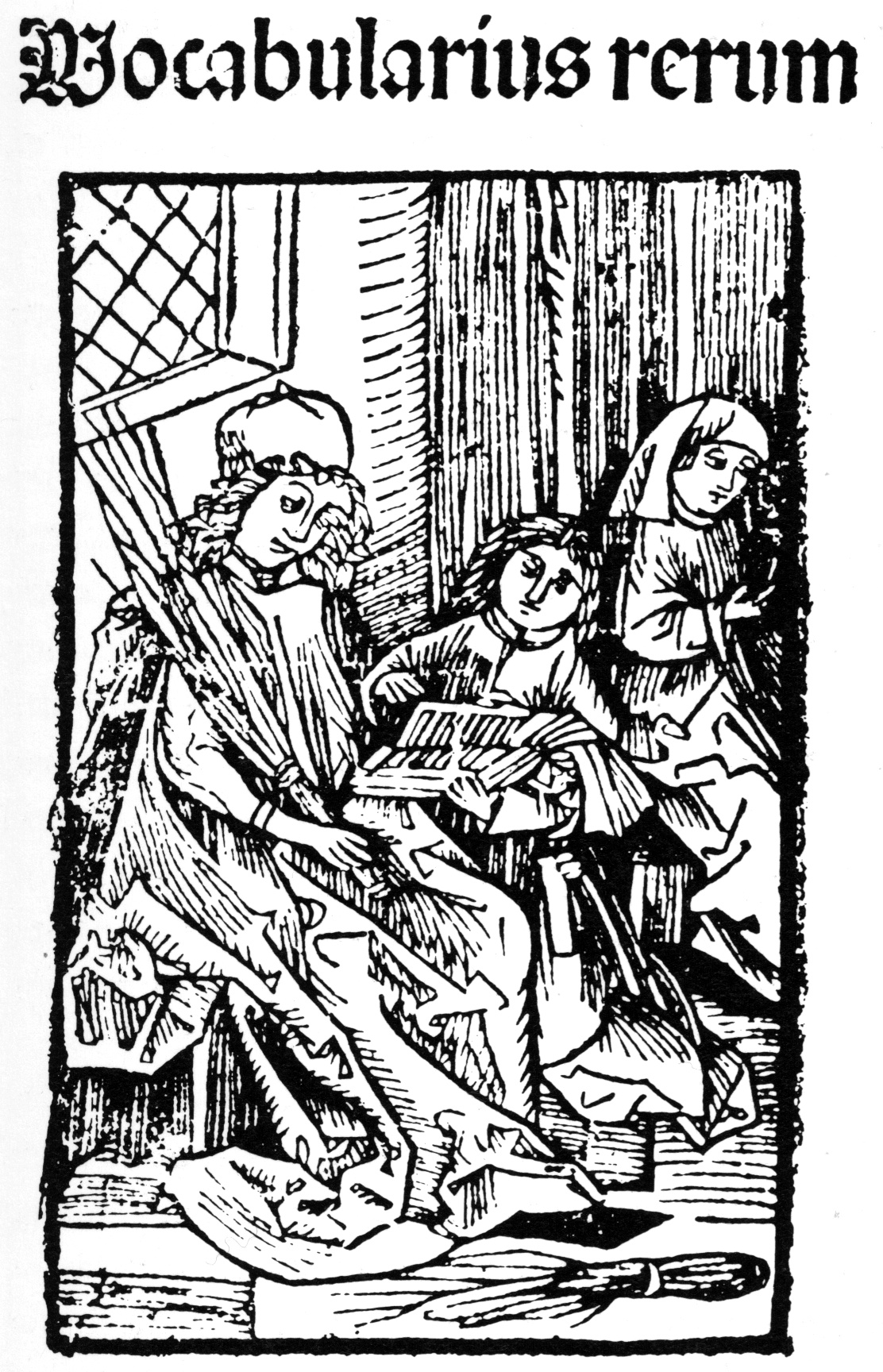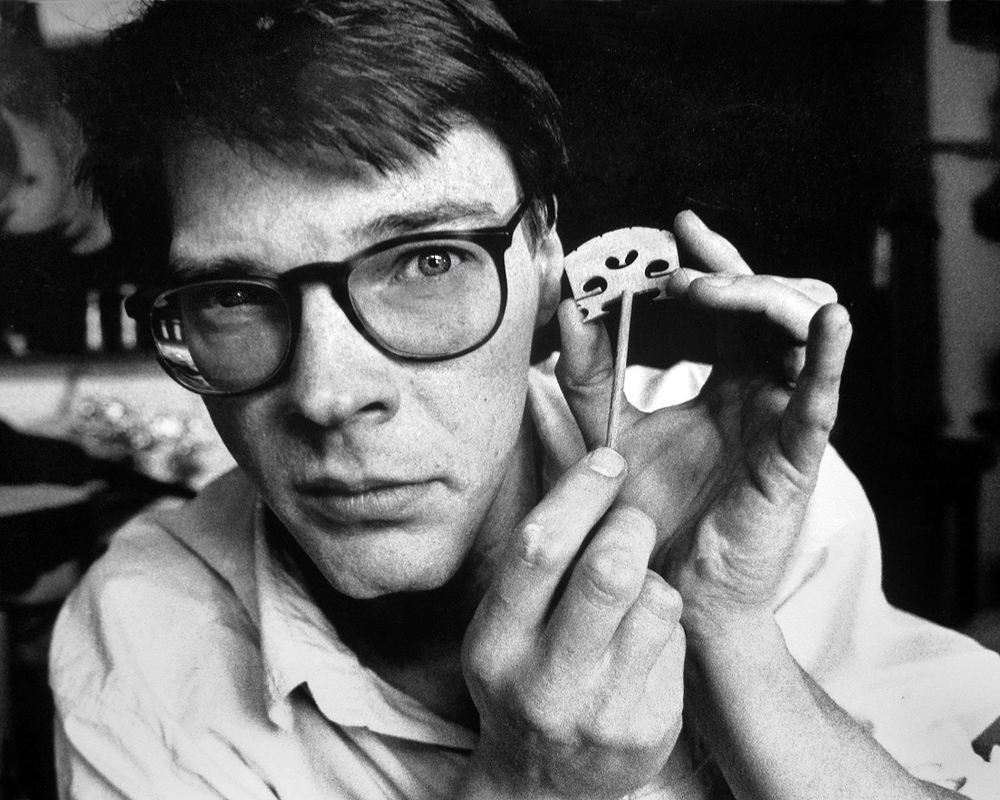|
Harmoneon
The Harmoneon or concert accordion (French language, French: ''Harmonéon, accordeon de concert'') is a French free reed aerophone, invented by Pierre Monichon in 1948, although he only patented the instrument four years later in 1952. It has been taught in musical Conservatory (music), conservatories since 1974.. The instrument has great similarity to both the duet concertina and button accordion. Background As a young accordion teacher, the initial motivation of Pierre Monichon was to create his own fully fledged concert instrument, to be included in the same brigade of so-called "noble instruments"; the piano, the violin and so forth. Unbeknownst to Monichon, this idea was far from original. The local factory had been creating accordions with symmetrical keyboards, which was a first step towards the creation of the Harmoneon. The instrument was designed to be played with symphony orchestra. Keyboard System The Stradella bass system had long been controversial in the accor ... [...More Info...] [...Related Items...] OR: [Wikipedia] [Google] [Baidu] |
Pierre Monichon
Pierre Monichon (24 October 1925 – 1 September 2006) was a France, French accordionist, Musicology, musicologist and inventor of the harmoneon (also concert accordion). He published several books on the history of the Accordion, and was a professor at both the ''CRR93'', where he taught a course on the concert accordion and the ''Conservatoire National de la Région Aubervillers,'' where he was a professor of the history of music.' Monichon was a member of the Ordre des Arts et des Lettres for his contributions to music, achieving the rank of "Chevallier" in 1982. Biography Pierre Monichon was born in Lyon, France on 24 October 1925. He trained at the ''École César-Franck under Yves Margat,'' studing the piano, counterpoint and the history of music. From 1945, Monichon tried to promote the accordion among classical musicians, inventing the harmoneon in 1948 to solve some of the problems he saw in traditional accordions - namely the stradella bass system, fixing this by cre ... [...More Info...] [...Related Items...] OR: [Wikipedia] [Google] [Baidu] |
Free Reed Aerophone
A free reed aerophone is a musical instrument that produces sound as air flows past a vibrating reed in a frame. Air pressure is typically generated by breath or with a bellows. In the Hornbostel–Sachs system, it is number: 412.13 (a member of interruptive free aerophones). Free reed instruments are contrasted with non-free or enclosed reed instruments, where the timbre is fully or partially dependent on the shape of the instrument body, Hornbostel–Sachs number: 42 (flute, reed, and brass). Operation The following illustrations depict the type of reed typical of harmonicas, pitch pipes, accordions, and reed organs as it goes through a cycle of vibration. One side of the reed frame is omitted from the images for clarity; in reality, the frame completely encloses the reed. Airflow over one side of the reed (labeled “AR”) creates a region of low pressure on that side (see the Bernoulli's principle article for details), causing the reed to flex towards the low-pressure ... [...More Info...] [...Related Items...] OR: [Wikipedia] [Google] [Baidu] |
Symphony Orchestra
An orchestra (; ) is a large instrumental ensemble typical of classical music, which combines instruments from different families. There are typically four main sections of instruments: * bowed string instruments, such as the violin, viola, cello, and double bass * woodwinds, such as the flute, oboe, clarinet, saxophone, and bassoon * Brass instruments, such as the horn, trumpet, trombone, cornet, and tuba * percussion instruments, such as the timpani, snare drum, bass drum, cymbals, triangle, tambourine, and mallet percussion instruments Other instruments such as the piano, harpsichord, and celesta may sometimes appear in a fifth keyboard section or may stand alone as soloist instruments, as may the concert harp and, for performances of some modern compositions, electronic instruments and guitars. A full-size Western orchestra may sometimes be called a or philharmonic orchestra (from Greek ''phil-'', "loving", and "harmony"). The actual number of musicians employe ... [...More Info...] [...Related Items...] OR: [Wikipedia] [Google] [Baidu] |
Daughter
A daughter is a female offspring; a girl or a woman in relation to her parents. Daughterhood is the state of being someone's daughter. The male counterpart is a son. Analogously the name is used in several areas to show relations between groups or elements. From biological perspective, a daughter is a first degree relative. The word daughter also has several other connotations attached to it, one of these being used in reference to a female descendant or consanguinity. It can also be used as a term of endearment coming from an elder. In patriarchal societies, daughters often have different or lesser familial rights than sons. A family may prefer to have sons rather than daughters and subject daughters to female infanticide. In some societies it is the custom for a daughter to be 'sold' to her husband, who must pay a bride price. The reverse of this custom, where the parents pay the husband a sum of money to compensate for the financial burden of the woman and is known as a dow ... [...More Info...] [...Related Items...] OR: [Wikipedia] [Google] [Baidu] |
Teacher
A teacher, also called a schoolteacher or formally an educator, is a person who helps students to acquire knowledge, competence, or virtue, via the practice of teaching. ''Informally'' the role of teacher may be taken on by anyone (e.g. when showing a colleague how to perform a specific task). In some countries, teaching young people of school age may be carried out in an informal setting, such as within the family (homeschooling), rather than in a formal setting such as a school or college. Some other professions may involve a significant amount of teaching (e.g. youth worker, pastor). In most countries, ''formal'' teaching of students is usually carried out by paid professional teachers. This article focuses on those who are ''employed'', as their main role, to teach others in a ''formal'' education context, such as at a school or other place of ''initial'' formal education or training. Duties and functions A teacher's role may vary among cultures. Teachers may provide ... [...More Info...] [...Related Items...] OR: [Wikipedia] [Google] [Baidu] |
Guitar
The guitar is a fretted musical instrument that typically has six strings. It is usually held flat against the player's body and played by strumming or plucking the strings with the dominant hand, while simultaneously pressing selected strings against frets with the fingers of the opposite hand. A plectrum or individual finger picks may also be used to strike the strings. The sound of the guitar is projected either acoustically, by means of a resonant chamber on the instrument, or amplified by an electronic pickup and an amplifier. The guitar is classified as a chordophone – meaning the sound is produced by a vibrating string stretched between two fixed points. Historically, a guitar was constructed from wood with its strings made of catgut. Steel guitar strings were introduced near the end of the nineteenth century in the United States; nylon strings came in the 1940s. The guitar's ancestors include the gittern, the vihuela, the four-course Renaissance guitar, and the f ... [...More Info...] [...Related Items...] OR: [Wikipedia] [Google] [Baidu] |
Luthier
A luthier ( ; AmE also ) is a craftsperson who builds or repairs string instruments that have a neck and a sound box. The word "luthier" is originally French and comes from the French word for lute. The term was originally used for makers of lutes, but it came to be used already in French for makers of most bowed and plucked stringed instruments such as members of the violin family (including violas, cellos, and double basses) and guitars. Luthiers, however, do not make harps or pianos; these require different skills and construction methods because their strings are secured to a frame. The craft of luthiers, lutherie (rarely called "luthiery", but this often refers to stringed instruments other than those in the violin family), is commonly divided into the two main categories of makers of stringed instruments that are plucked or strummed and makers of stringed instruments that are bowed. Since bowed instruments require a bow, the second category includes a subtype known ... [...More Info...] [...Related Items...] OR: [Wikipedia] [Google] [Baidu] |
Brother-in-law
A sibling-in-law is the spouse of one's sibling, or the sibling of one's spouse, or the person who is married to the sibling of one's spouse.Cambridge Dictionaries Online.Family: non-blood relations. More commonly, a sibling-in-law is referred to as a brother-in-law for a male sibling-in-law, and a sister-in-law for a female one. Sibling-in-law also refers to the reciprocal relationship between a person's spouse and their sibling's spouse. In Indian English this can be referred to as a co-sibling (specifically a co-sister, for the wife of one's sibling-in-law, or co-brother, for the husband of one's sibling-in-law). Relationships Siblings-in-law are related by a type of kinship called '' affinity'' like all in-law relationships. All of these are relations which do not relate to the person directly by blood. Just like the children of one's siblings, the children of one's siblings-in-law are called simply ''nieces'' and ''nephews'' – if necessary, specified whether "by mar ... [...More Info...] [...Related Items...] OR: [Wikipedia] [Google] [Baidu] |
Paris
Paris () is the Capital city, capital and List of communes in France with over 20,000 inhabitants, most populous city of France, with an estimated population of 2,165,423 residents in 2019 in an area of more than 105 km² (41 sq mi), making it the List of cities proper by population density, 30th most densely populated city in the world in 2020. Since the 17th century, Paris has been one of the world's major centres of finance, diplomacy, commerce, Fashion capital, fashion, gastronomy, and science. For its leading role in the arts and sciences, as well as its very early system of street lighting, in the 19th century it became known as "the City of Light". Like London, prior to the Second World War, it was also sometimes called Caput Mundi#Paris, the capital of the world. The City of Paris is the centre of the Île-de-France Regions of France, region, or Paris Region, with an estimated population of 12,262,544 in 2019, or about 19% of the population of France, making the ... [...More Info...] [...Related Items...] OR: [Wikipedia] [Google] [Baidu] |
Prototype
A prototype is an early sample, model, or release of a product built to test a concept or process. It is a term used in a variety of contexts, including semantics, design, electronics, and software programming. A prototype is generally used to evaluate a new design to enhance precision by system analysts and users. Prototyping serves to provide specifications for a real, working system rather than a theoretical one. In some design workflow models, creating a prototype (a process sometimes called materialization) is the step between the formalization and the evaluation of an idea. A prototype can also mean a typical example of something such as in the use of the derivation 'prototypical'. This is a useful term in identifying objects, behaviours and concepts which are considered the accepted norm and is analogous with terms such as stereotypes and archetypes. The word ''prototype'' derives from the Greek , "primitive form", neutral of , "original, primitive", from πρῶτ� ... [...More Info...] [...Related Items...] OR: [Wikipedia] [Google] [Baidu] |
Bayan (accordion)
The bayan ( rus, бая́н, p=bɐˈjan) is a type of chromatic button accordion developed in the Russian Empire in the early 20th century and named after the 11th-century bard Boyan. Characteristics The bayan differs from western chromatic button accordions in some details of construction: * Reeds are broader and rectangular (rather than trapezoidal). * Reeds are often attached in large groups to a common plate (rather than in pairs); the plates are screwed to the reed block (rather than attached with wax). * The melody-side keyboard is attached near the middle of the body (rather than at the rear). * Reeds are generally not tuned with tremolo. * Register switches may be operated with the chin on some larger models (also possible with some larger European button accordions). * The diminished chord row is shifted, so that the diminished G chord is where one would expect the diminished C chord in the Stradella bass system. * Converter switches that go from standard preset ch ... [...More Info...] [...Related Items...] OR: [Wikipedia] [Google] [Baidu] |
Timbre
In music, timbre ( ), also known as tone color or tone quality (from psychoacoustics), is the perceived sound quality of a musical note, sound or tone. Timbre distinguishes different types of sound production, such as choir voices and musical instruments. It also enables listeners to distinguish different instruments in the same category (e.g., an oboe and a clarinet, both woodwind instruments). In simple terms, timbre is what makes a particular musical instrument or human voice have a different sound from another, even when they play or sing the same note. For instance, it is the difference in sound between a guitar and a piano playing the same note at the same volume. Both instruments can sound equally tuned in relation to each other as they play the same note, and while playing at the same amplitude level each instrument will still sound distinctively with its own unique tone color. Experienced musicians are able to distinguish between different instruments of the same typ ... [...More Info...] [...Related Items...] OR: [Wikipedia] [Google] [Baidu] |


.jpg)





.jpg)